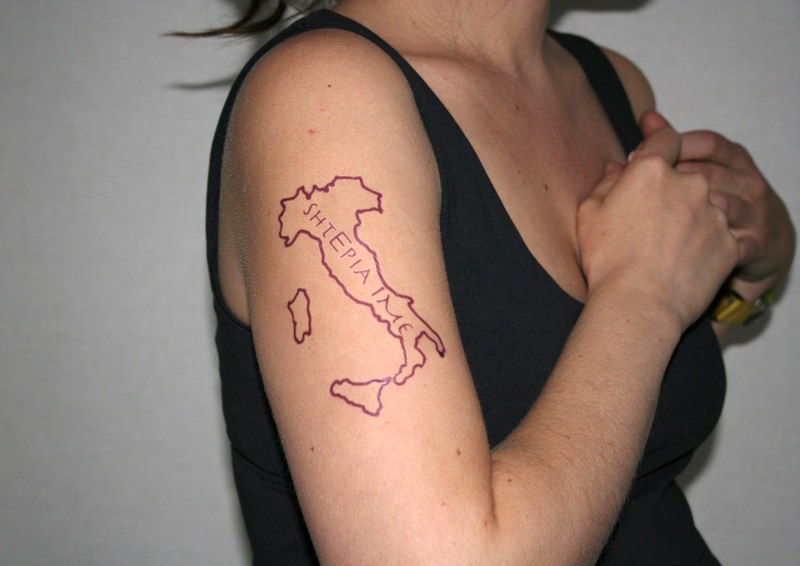
Accueil > Les rubriques > Images > Las Italias
Las Italias
What the Belpaese sons (of art) deal with
,
Italian artists’ stories take shape under a new column :
Las Italias starts
The Las Italias columns arises to tell stories about Italian artists.
The country, that only since a little more than half a century is a republic, has been united by a political and administrative point of view for one hundred and fifty years now, even if the question concerning its being or not a Nation still goes on.
A question raised by its own geographical and cultural diversities, by the unresolved Southern Question and, in recent years, by a self-proclaimed secessionist movement, the Lega Nord (Northern League), which occupies some of the seats in the same Parliament which it would like to dismantle.
Whether or not we can identify an Italian contemporary art, in which we can recognize common characteristics or a shared cultural substratum is a question still to clarify. In the contemporary art scene, where it is already hard to detect currents, movements and sometimes even the influences of any single artist, this matter may result odd. However, in a globalized and in many ways depersonalizing environment in which the "exhibition-events" triumph (often by gathering together artworks without any central theme but only aiming to turn a concept into a show), trying to save the artist identities by recognize them and take them out of this known system can become a survival strategy.
Las Italias, that is the way in which Miguel de Cervantes referred to the Peninsula in the first chapter of his Don Quixote, is the correct way, in this writer opinion, of looking at the Italian artists, whether they live in their homeland, or they have gone abroad bringing with them, reworking or denying their roots.
This point of view may seem fragmented and too private but, looking at the artist’s common birthplace, it reveals its consonance to the reality.
For this reason, the column will alternatively deal with an Italian artist who lives in Italy and one who is living abroad, trying to tell the multiple realities of which -in both cases- they are bearer being citizens of the world.
Italiano—>
Image credits :
Vito Pace, Italianate (Shtëpia ime - My home), 2005. Courtesy : the author
Aknowledgments :
Antonella Opera for supervision of English translation
